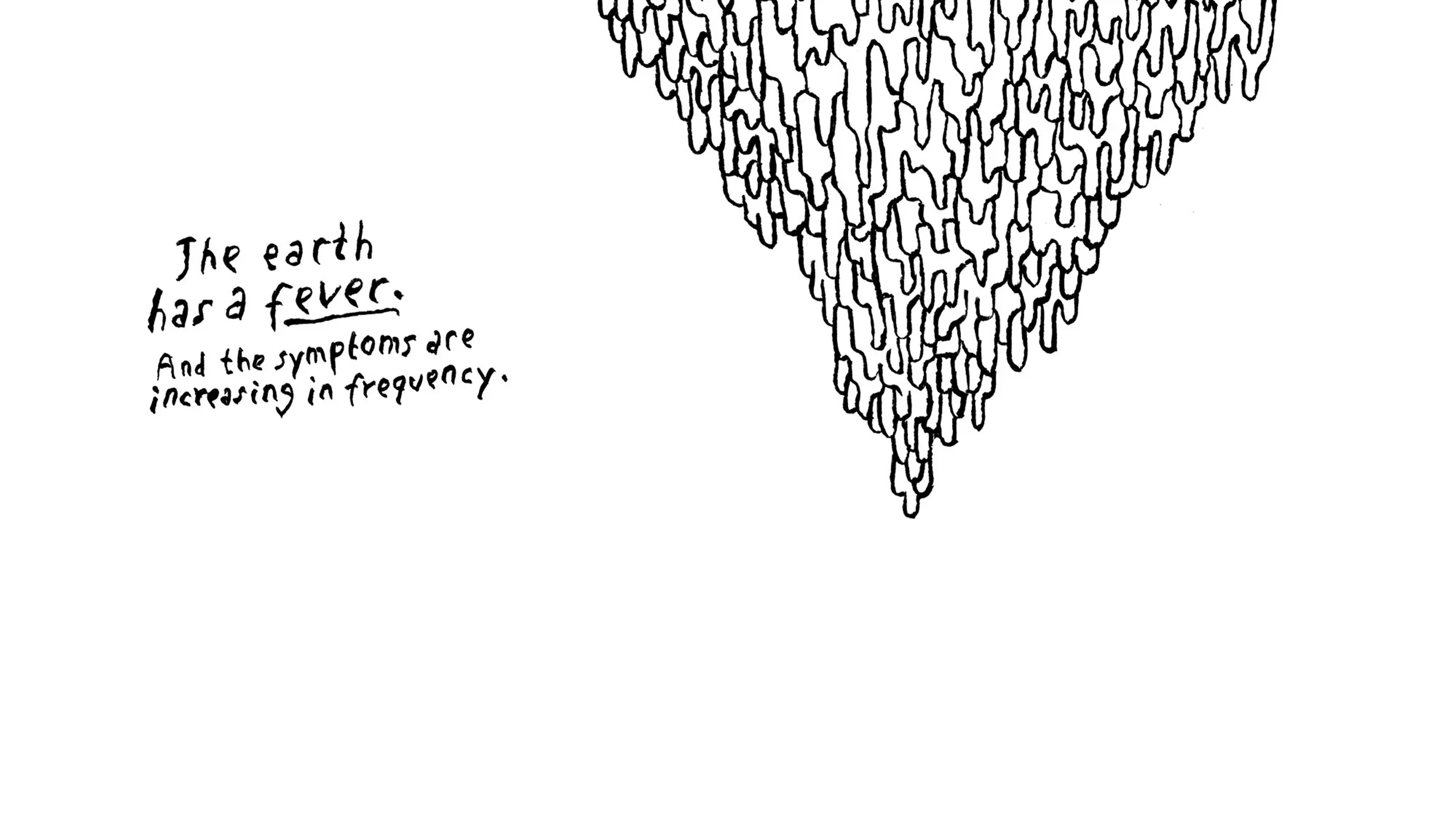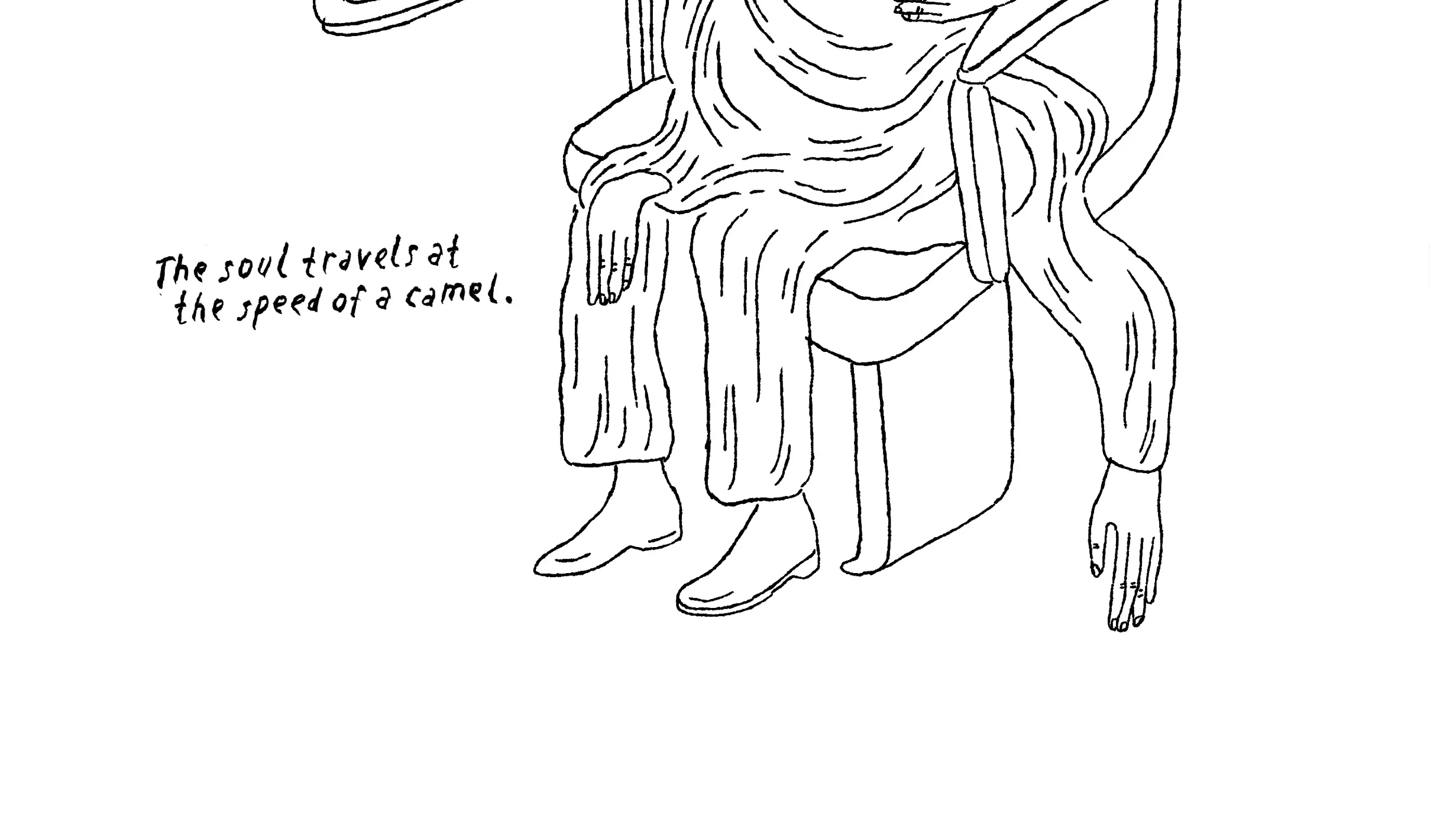
Words Ben CrairIllustrations Paula TroxlerDate 24 June 2020
I was in Switzerland, at least, and the trains and buses all arrived and departed precisely on time. The first two trains led me first northward toward Lichtenstein and then across half of Switzerland, where I picked up the bus that would take me over the Italian border. We were deep in the Alps now, and I kept switching seats on the bus, as it reversed itself on hairpin turns, to maximize my view. The pine forests on the mountainsides were yellowing ahead of winter, which had already frosted the highest peaks. The bus left me at a train station in Italy, and the train departed for Merano. Now the valley widened and filled with vineyards and apple orchards. At Lana, I disembarked, boarded yet another bus, and arrived finally at my hotel.
It’s called Villa Arnica, and it encompasses just 10 rooms in a 100-year-old building near the center of the little town. Its owners, Klaus and Moritz Dissertori, grew up in Lana. Their parents ran a spa hotel called Schwarzschmied beside a church vineyard. Spa hotels are popular with German tourists in the region, but when the brothers set out to start their own hotel, they wanted to try something new.


“The goal was to do something sustainable,” said Klaus as we drank a coffee outside with his wife Barbara. The Dissertoris didn’t speak about sustainability in terms of renewable energy and carbon offsets. For them, sustainability means working with what is locally available. They started the process by looking at vacant buildings in Lana rather than constructing something from scratch. First, they found a storied 500-year-old building in the center of the village, which they developed into the 8-room hotel and restaurant called 1477 Reichhalter. When 1477 Reichhalter proved to be popular, they took over a century-old hotel that had closed and turned it into Villa Arnica.
They built both hotels using craftspeople and materials from South Tyrol; they found much of their furniture in local flea markets. In Villa Arnica, I walked to my room over pink-marble hallways that had been mined in local quarries, past a bar with homemade vermouth and local wine, and entered my room: an elegant suite with an antique. For breakfast, I ate jams from fruits grown outside in the garden. The dinner menu at 1477 Reichhalter made ample use of the chestnuts that had just fallen in the surrounding forests. The kitchen’s intensely local focus has won it international plaudits: Monocle magazine gave 1477 Reichhalter its restaurant award in 2019.
It was a reminder that sustainability did not only have to be a matter of complicated infrastructure and cutting-edge technology. You could reduce your footprint by racing forward into a carbon-free future, but you could also wind the clock back to an older way of doing business, when hotels operated on a smaller scale and made the most of what was at hand.
Thankfully my last destination didn’t require much travel. I checked out of Villa Arnica and carried my bags 15 minutes to a gondola, which took me halfway up a mountain to the Vigilius Mountain Resort. It was the first hotel to be certified in Italy as a ClimaHotel, thanks to a variety of innovations. The resort uses hydroelectricity, is heated entirely from woodchips from local farmers, has a grass-covered roof, and its clay walls are insulated with hemp. Architect Matteo Thun built it with a philosophy that he calls “Eco, not Ego.”
Thun built the hotel from local materials like larch wood, silver quartzite, and clay. He designed it to look like a fallen tree—a low and long building with 41 rooms, two restaurants, and a spa. I checked into my room, quickly laced up my hiking boots, and headed up the mountain. The trail led through pine forests and past the occasional chalet home. Near the top of the mountain was a little village—a surprise to me, since I had not seen a road or heard a car. I walked past an old stone church and found a restaurant beside a pond in an open field. The outdoor picnic tables were crowded with hikers. I ordered two knödel, or bread dumplings, with cheese and stinging nettles, then I ordered an apple streusel and a glass of fresh buttermilk.


I hiked down a different path with wide views of the valley. The Dolomites hemmed the horizon. When I got back to the hotel, I didn’t waste any time in slipping into my robe and heading to the sauna. As I sweated in the heat, I stared through a wall-sized window into the golden autumn foliage of the surrounding forest. I half-expected a deer to come warm itself against the glass. It made me think that sustainability is too often thought of in terms of sacrifice—of giving something up. But sustainability, when done well, can be an enhancement. It lowers barriers between a hotel and its surroundings and connects guests to nature and the local community in new ways. Caring for the environment created new ways of enjoying it, of sitting in the sauna and the forest at the same time.

The preceding article is excerpted from the 2020 edition of Directions, an annual magazine by Design Hotels that looks at movements underway in art, design, food, wellness and fashion, and how they affect the way we live and travel. This year’s issue explores the motivations, values, and desires of the Promadic Traveler of tomorrow—one who does not ask where to travel, but why.